Consider the following pair of structures and tell whether they represent enantiomers or two molecules of the same compound in different orientations:

One way to approach this kind of problem is to take one structure and, in your mind, hold it by one group. Then rotate the other groups until at least one group is in the same place as it is in the other structure. (Until you can do this easily in your mind, practice wiht models.) By a series of rotations like this you will be able to convert the structure you are manipulating into one that is either identical with or the mirror image of the other. For example, take A, hold it by the CI atom and then rotate the other gorups about the C∗−Cl bond until the hydrogen occupies the same position as in B. Then hold it by the H and rotate the other groups about the C∗−H bond. This will make B identical with A:

Another approach is to recognize that exchanging two groups at chirality center inverts the configuration of that carbon atom and converts a structure with only one chirality center into its enantiomer, a second exchange recreates the original molecule. So we proceed this way, keeping track of how many exchanges are required to convert A into B. In this instance we find that two exhanges are required, and, again, we conclude that A and B are the same:

A useful check is to name each compound including its (R,S) designation. If the name are the same, then the structures are the smae. In this instance both structures are (R)-!-bromo-1-chloroethane.
Another method for assigning (R) and (S) configurations using one.s hands as chiral templates has been described (Huheey, J.E.J. Chem. Educ. 1986,63,598-600). Groups at chirality center are correlated from lowest to highest priority wiht one.s wrist, thumb, index finger, and second finger, respectively. With the ring and little finger closed against the palm and viewing one.s hand with the wrist away, if the correlation between the chirality center is with the left hand, the configuration is (S), and if with the right hand, (R).
A and B are two molecules of the same compound oriented differently.
Topper's Solved these Questions
- STEREOCHEMISTRY: CHIRAL MOLECULESBOOK - MS CHOUHANCHAPTER - STEREOCHEMISTRY: CHIRAL MOLECULESEXERCISE - ADDITIONAL OBJECTIVE QUESTIONS
38 Videos
- STEREOCHEMISTRY: CHIRAL MOLECULESBOOK - MS CHOUHANCHAPTER - STEREOCHEMISTRY: CHIRAL MOLECULESEXERCISE - INTEGER TYPE
6 Videos
- REACTIONS OF NITRENE AND ELECTRON DEFICIENT OXYGEN BOOK - MS CHOUHANCHAPTER - REACTIONS OF NITRENE AND ELECTRON DEFICIENT OXYGEN EXERCISE - ADDITIONAL OBJECTIVE QUESTIONS (Single Correct Choice Type)
5 Videos
Similar Questions
Consider the following pair of structrue and tell whether they represent enantiomer or two molecules of the same compound in different oreintation.

View SolutionConsider the following pair of structrue and tell whether they represent enantiomer or two molecules of the same compound in different oreintation.

View Solution
Knowledge Check
Which of the following pairs of structures does not represent isomers ?
A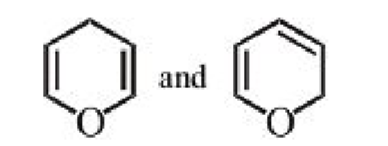 B
B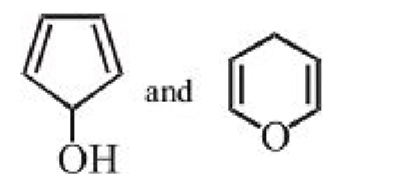 C
C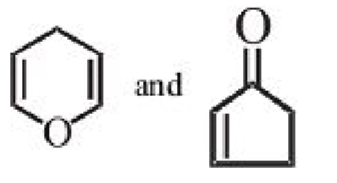 D
D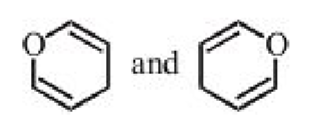
Which of the following pairs of structures does not represent isomers?
A B
B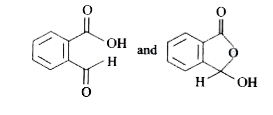 C
C D
D
Which of the following pairs of structures does not represent isomers?
A B
B C
C D
D
Tell whether the two structrues in each pair represent enantiomers or two molecules of the same compound in different orientions.
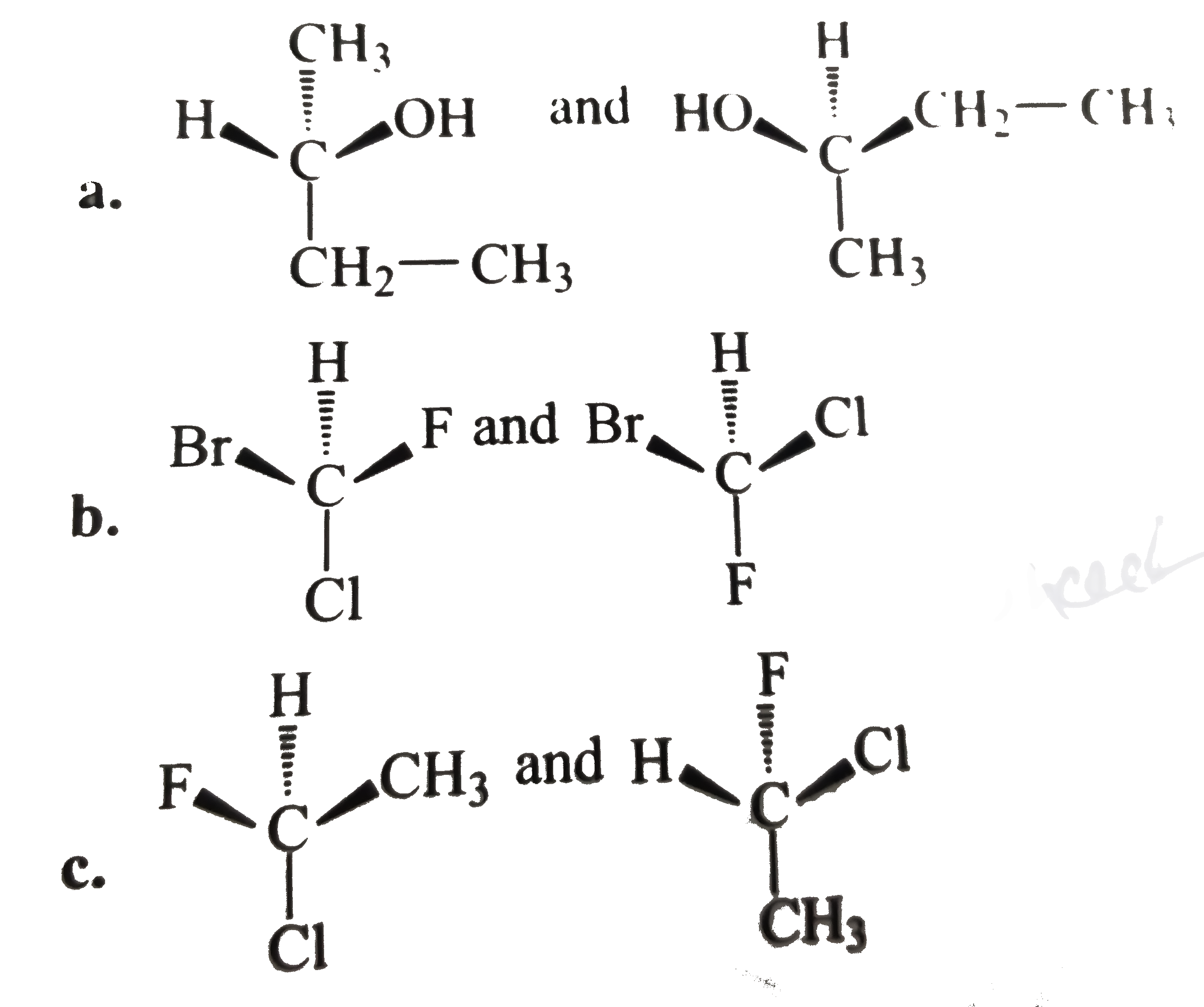
View SolutionTell whether the two structrues in each pair represent enantiomers or two molecules of the same compound in different orientions.

View SolutionWhich of the following pairs of structures do not represent isomers?
View SolutionWhich of the following pairs of structures do not represent isomers?
View SolutionWhich of the following pairs of structures fo not represent isomers?
View Solution
